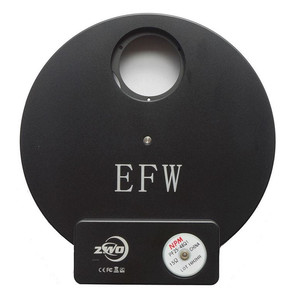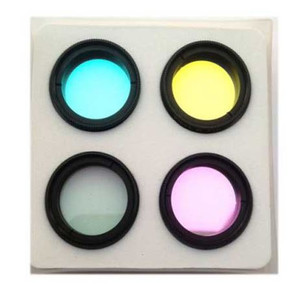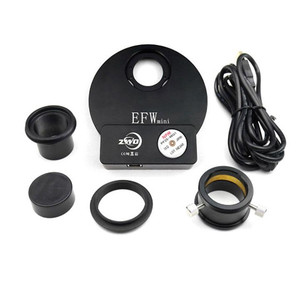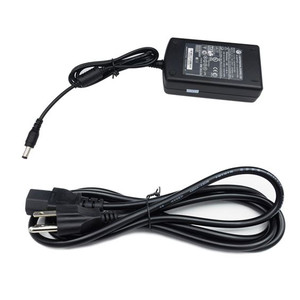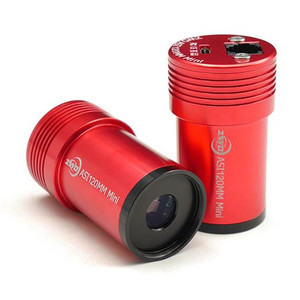Tyvärr har den här beskrivningen ännu inte översatts till svenska, så du hittar en engelsk artikelbeskrivning här.
The three narrow band filters are ideal for photography of dim nebula. In addition, they suppress the light pollution.
The filters are homofocal with ZWO's L-RGB filter set, making them ideal for use in combination with these color filters.
H-alpha filter passes light at 656nm wavelength. Best choice of narrowband H-alpha astrophotography filter for high-contrast imaging and revealing rich details of the nebula even in areas with strong light pollution,
OIII Filter: The narrowband O-III 3nm filter is designed for nebula observation allowing 3nm bandwidth of light centered on a wavelength of 500nm through, which corresponds to OIII emission lines, blocking out all other light.
SII filter: The narrowband S-II 7nm filter passes light at 672nm wavelength with a bandpass of 3nm which is designed for nebula fotography.
It is suitable for most emission nebulae, planetary nebulae and supernova remnants.
f you want the look of Hubble Space Telescope (HST) images, such as the famous “Pillars of Creation” (the Eagle Nebula, Messier 16), then the next filter to consider adding to your collection after H-a and OIII is the SII (es-two) or sulfur filter. The SII filter, like H-a, is a deep red filter near 672 nm. H-a, OIII and SII filters provide that Hubble look for many emission nebula. Again, tri-color narrowband imaging with these three filters can be done with the moon up, so your equipment is not sitting dormant for several weeks.
The half-width of 7nm is the optimal choice for astrophotography. The contrast of the nebula is raised significantly.

